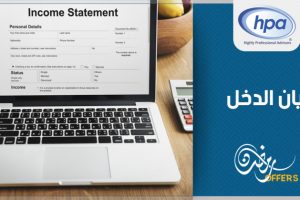Cost Accounting Helps a Business to Thrive and Grow
Cost Accounting may also be called Managerial Accounting or Management Accounting. This accounting is quite different from normal general ledger or balance sheet accounting. The accountant will work with much more detail, often working with fractions of a penny in determining the cost of a product or service.
Cost accounting is also unique, in that reporting is for the company’s management and is rarely, if ever, reported to external sources. The reason for this is that cost details of a product or service are secret and not to be shared with competitors. If a competitor knows your costs, than he will know how to cost his bids for new contracts to win the contracts every time.
Costing involves collecting and reporting the cost elements of a product or service, which include direct labor, indirect labor, material costs, burden costs and administrative costs. The costs of a business are separated and put into categories so reporting and financial analysis of these costs can be very detailed.
There are few different methods of cost accounting, such as Standard Costing, ABC Costing, and Job Order Costing. The method of costing used in a particular business will be determined by the type of product or service, and also management’s requirements.
Business being conducted in a corporate building
Costing is used in many different types of businesses, including manufacturing, hospital and health care and service types. This type of accounting is actually used in every business, although in many very small businesses the process is very informal and may be done in the owner’s head, many businesses have very poor cost systems.
A business that knows its true costs to manufacture its product or service certainly has an advantage when it comes to making profits and acquiring new work. If every cost can be reported and analyzed, than every cost can be improved. If a cost is unknown, it is very hard to know how to improve it, and it is very dangerous to quote on new work, many businesses are in trouble because work was acquired at a price where the business is unable to make a profit.
A Cost Accountant manages the costs for a business, he establishes and maintains the costs for each individual product and the entire cost system, which consists of material, labor and burden costs for products and inventories. He establishes cost standards that allocate the costs of the business based on his analysis of the manufacturing processes and the costs established in the budget.
A Cost Accountant is usually required to have a bachelor degree in accounting and may be required to be a Certified Public Accountant or a Certified Management Accountant. A Cost Accountant is a business professional and is required to interact with all levels of staff and management.
Tag:Finance



